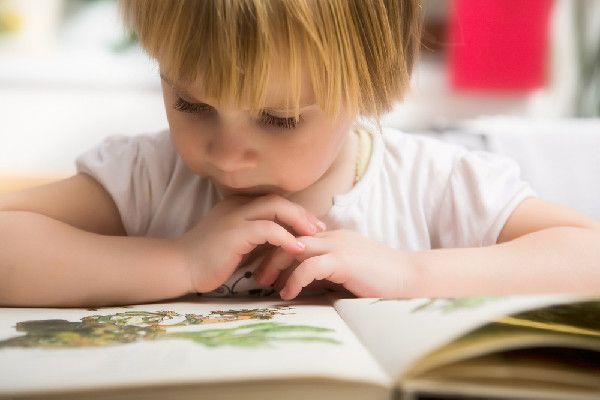Variation May Be Key to Teaching Kids to Read

When learning how to sound out letters, early readers are often taught strings of slightly different words such as maid, mad, paid and pad. But new research suggests young students might better grasp the rules of phonics with more varied series like bait, sad, hair and gap.
Educators have traditionally held that words with the same consonants differing on only one sound (such as maid and mad) would be the easiest way for early readers to learn letter-sound relationships by turning their focus to what's different between the words. The new study of 224 first-graders in the West Des Moines, Iowa, school system suggests this method might not be the most effective approach.
One group of students in the study were given a more traditional phonics instruction with lists of words like maid, mad, paid and pad. Another group, meanwhile, learned using a list of words that taught the same rules but was more variable, such as bait, sad, hair and gap. After a few days of training, both groups were tested on their ability to read new words and made-up words and to apply their skills to new tasks.
"We were interested in not just whether they could do exactly what we were teaching, but whether they could learn something more robust that would enable them to apply what they had learned to new tasks and new words," study researcher Bob McMurray, an associate professor of psychology from the University of Iowa, said in a statement. "Critically, we wanted to know if variability or similarity would impact this ability to learn and generalize."
Overall, variation seemed to lead to much better learning, allowing the students to tackle new words and tasks.
"Variability was good for the low-performing students, it was good for the high-performing students. It was good for the boys, it was good for the girls," doctoral student Keith Apfelbaum said. "Among the students who struggled the most, the kids who weren't exposed to variation didn't show any learning at all, while the kids who were exposed to variation did."
The researchers say the results suggest variation could be helpful not only in teaching phonics but also vocabulary and basic math facts.
Sign up for the Live Science daily newsletter now
Get the world’s most fascinating discoveries delivered straight to your inbox.
The study appears in the journal Developmental Psychology.













